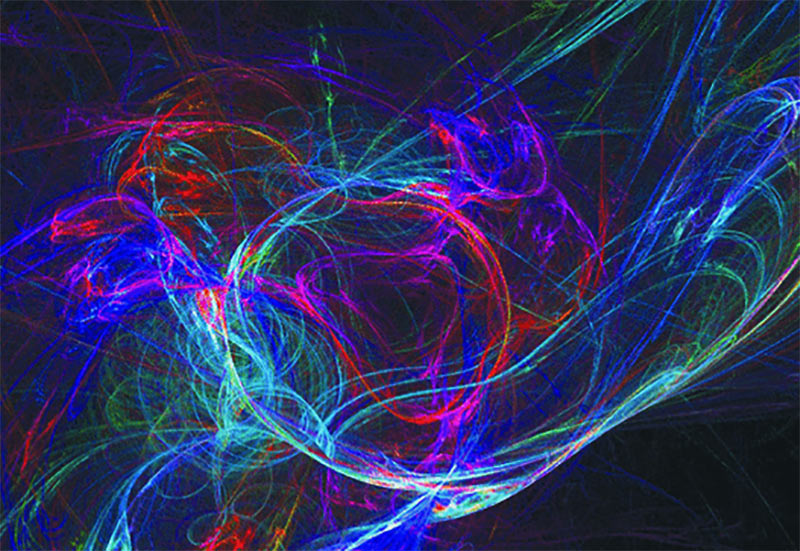
Audio Signal Processing in the 21st Century: The important outcomes of the past 25 years

IEEE Signal Processing Society publications, tools, and author resources. Learn more.
Upcoming events, deadlines, and planning resources. Learn more.
Training, career development programs and tools, and growth opportunities in signal processing. Learn more.
Learn about SPS membership, Member Programs, Technical Committees, and access shared tools and support. Learn more.
IEEE Signal Processing Society publications, tools, and author resources. Learn more.
Resources, tools, and support for SPS volunteer leaders. Learn more.

@ieeeSPS
11.3K subscribers‧180 videos
IEEE Signal Processing Society publications, tools, and author resources. Learn more.
Upcoming events, deadlines, and planning resources. Learn more.
Training, career development programs and tools, and growth opportunities in signal processing. Learn more.
Learn about SPS membership, Member Programs, Technical Committees, and access shared tools and support. Learn more.
IEEE Signal Processing Society publications, tools, and author resources. Learn more.
Resources, tools, and support for SPS volunteer leaders. Learn more.
